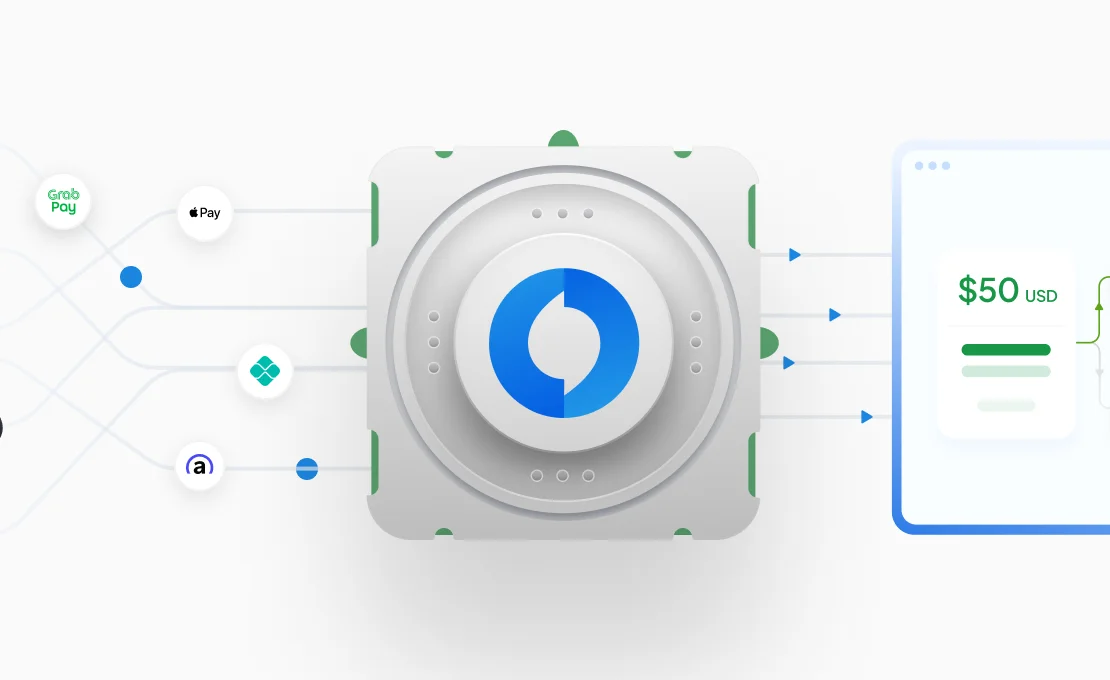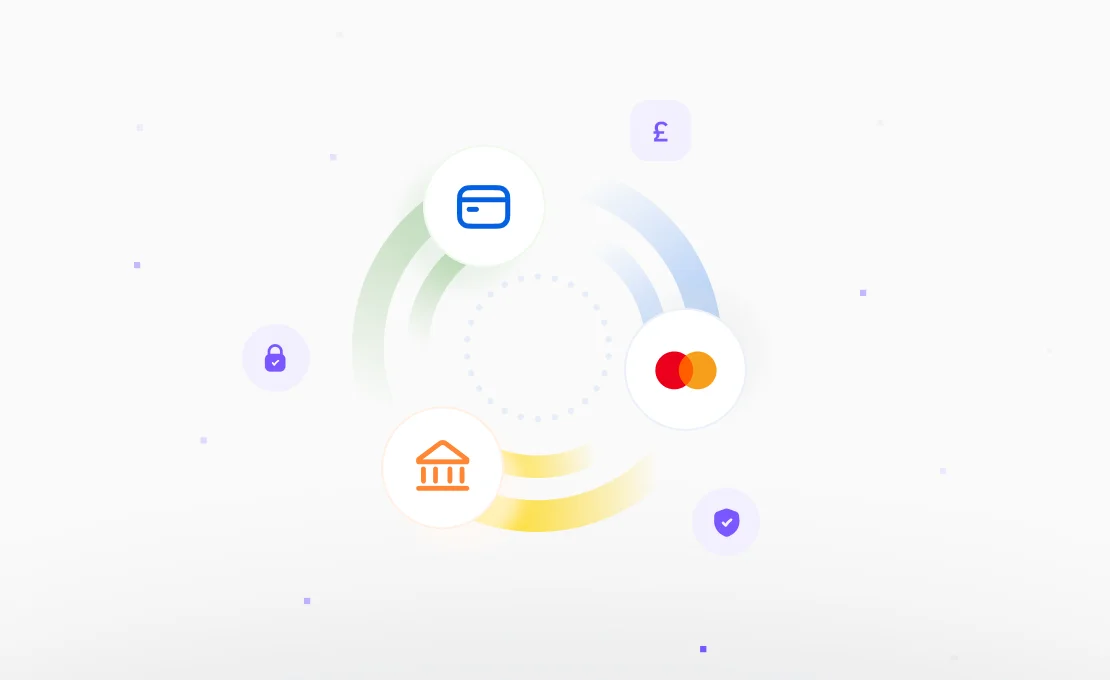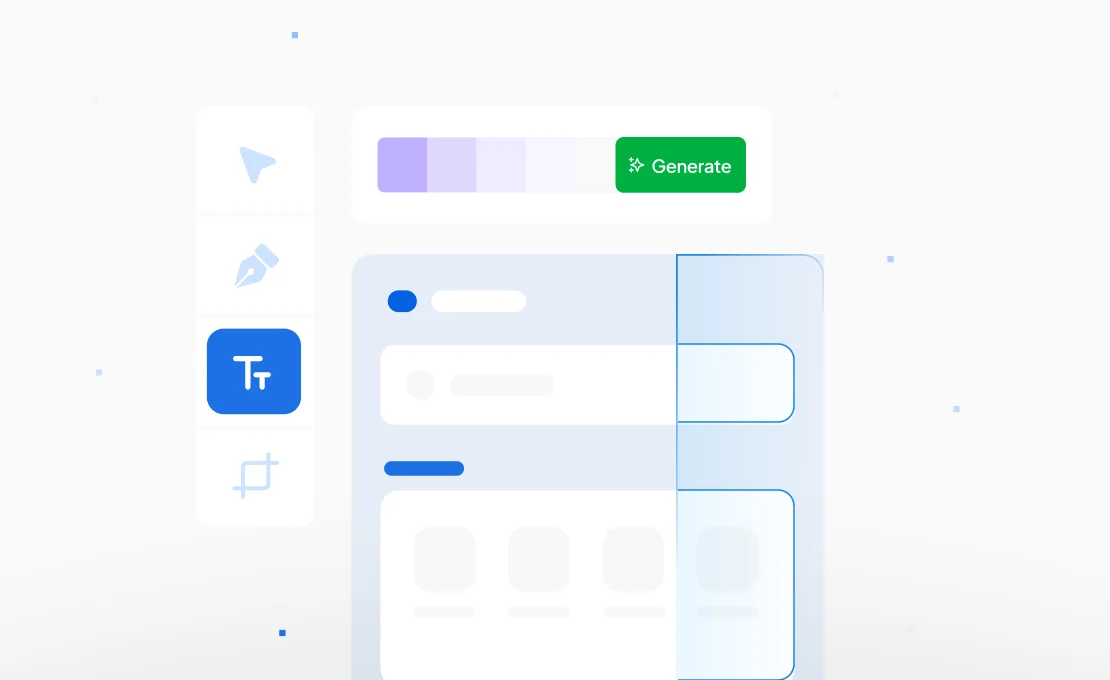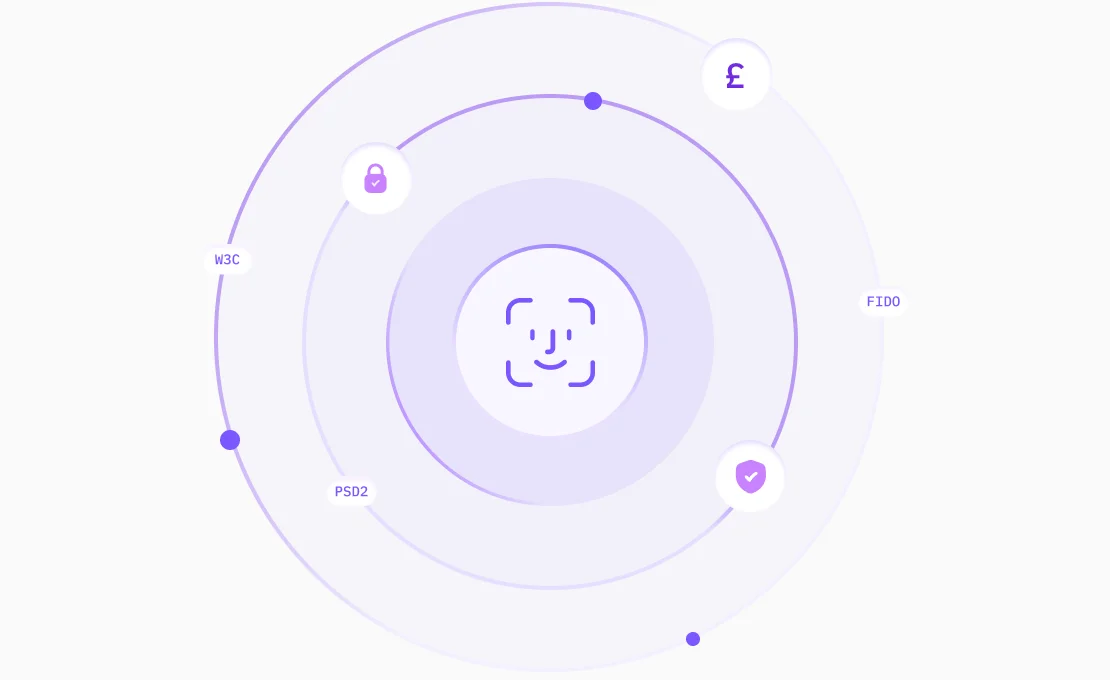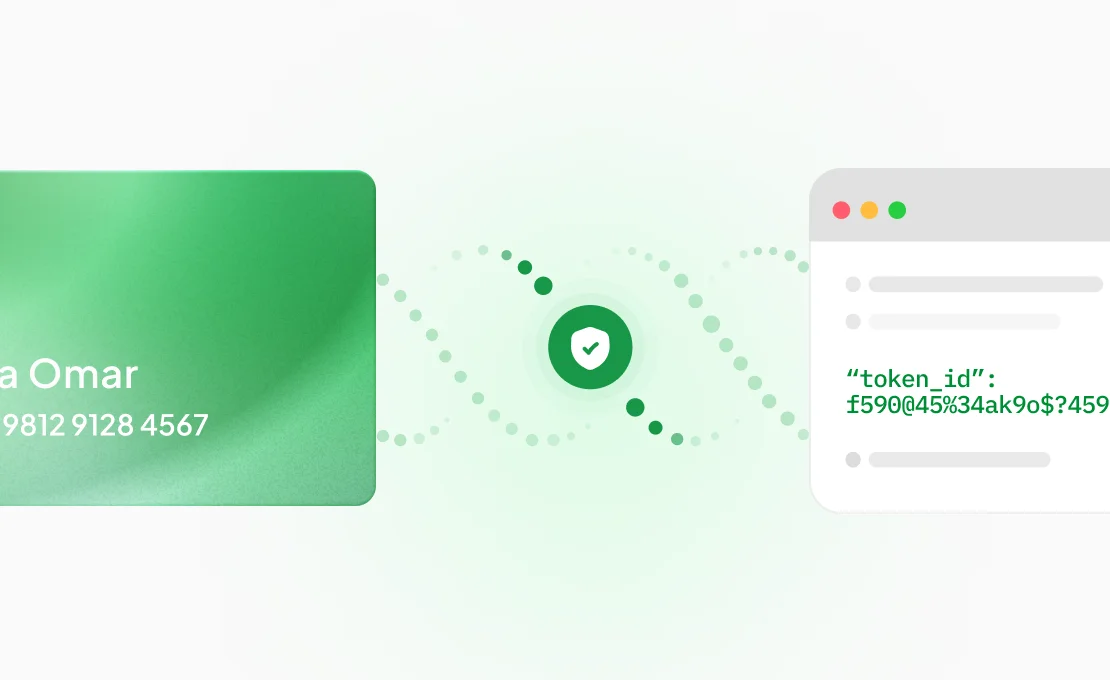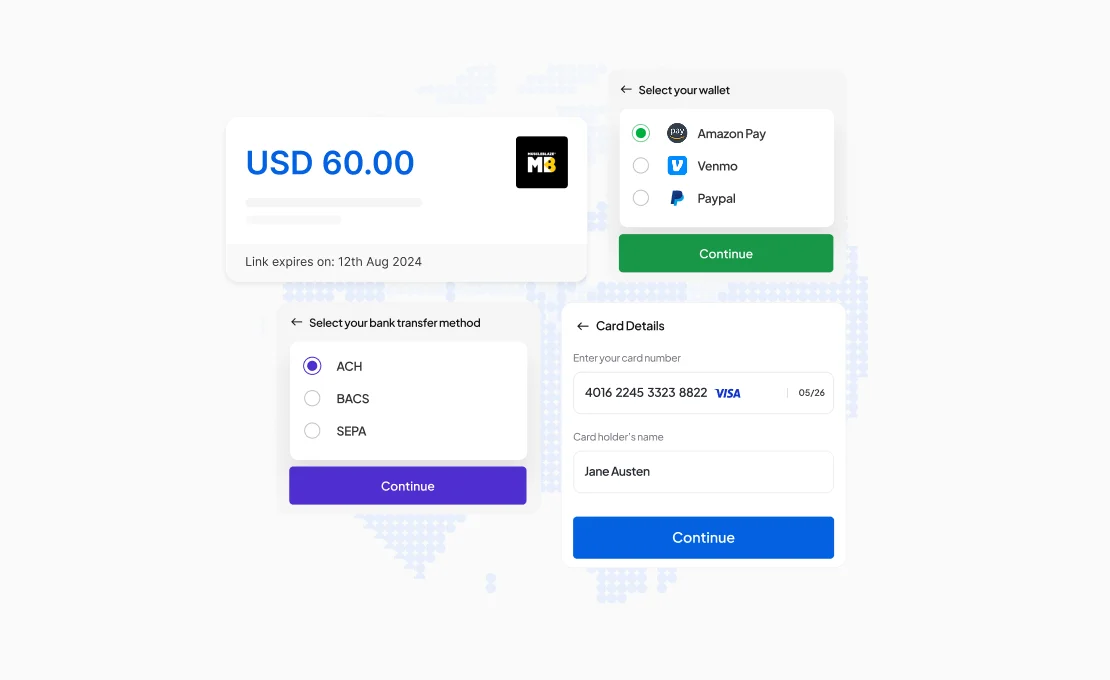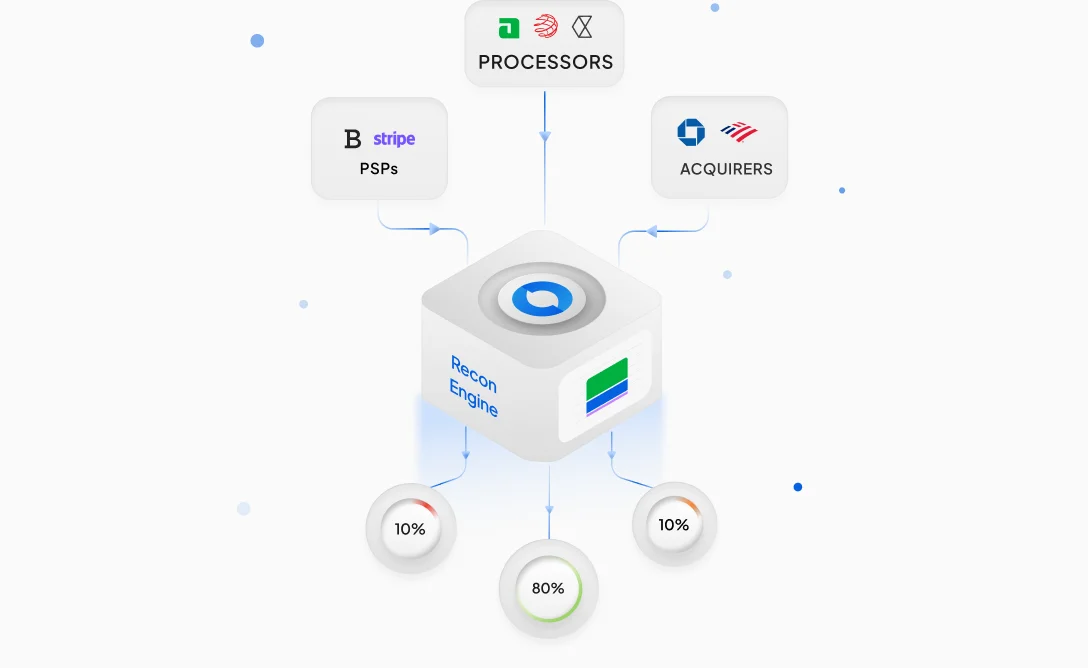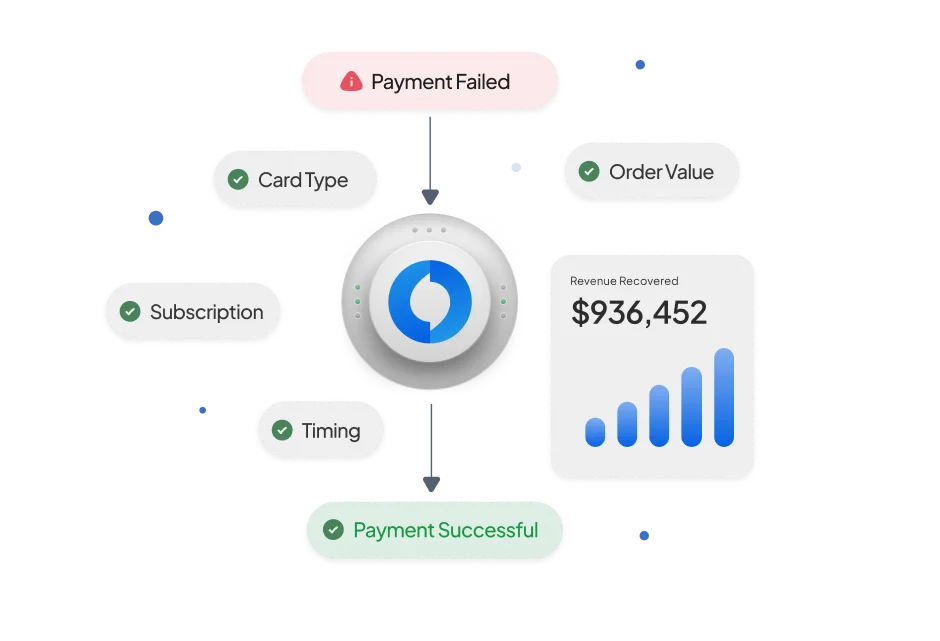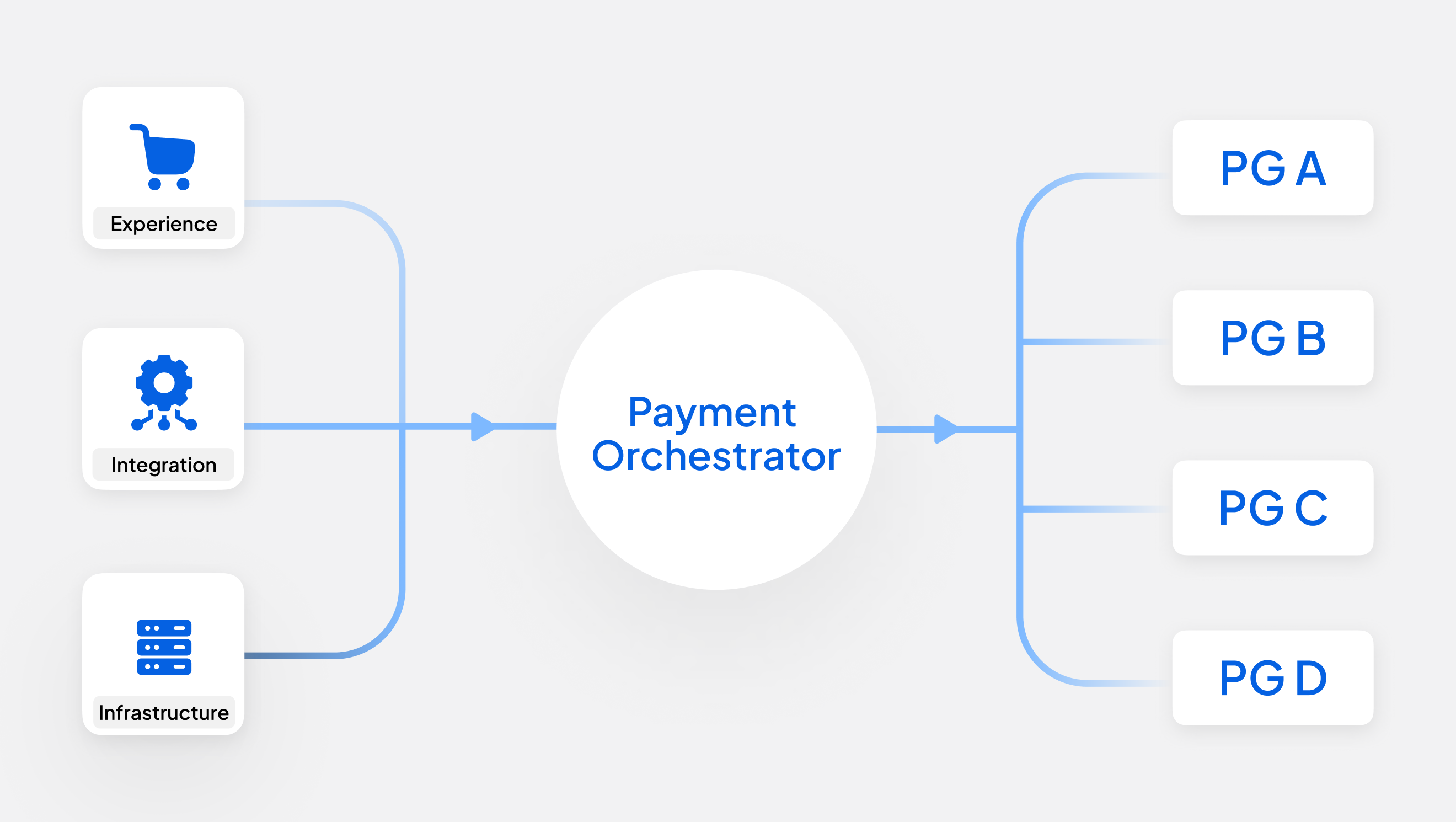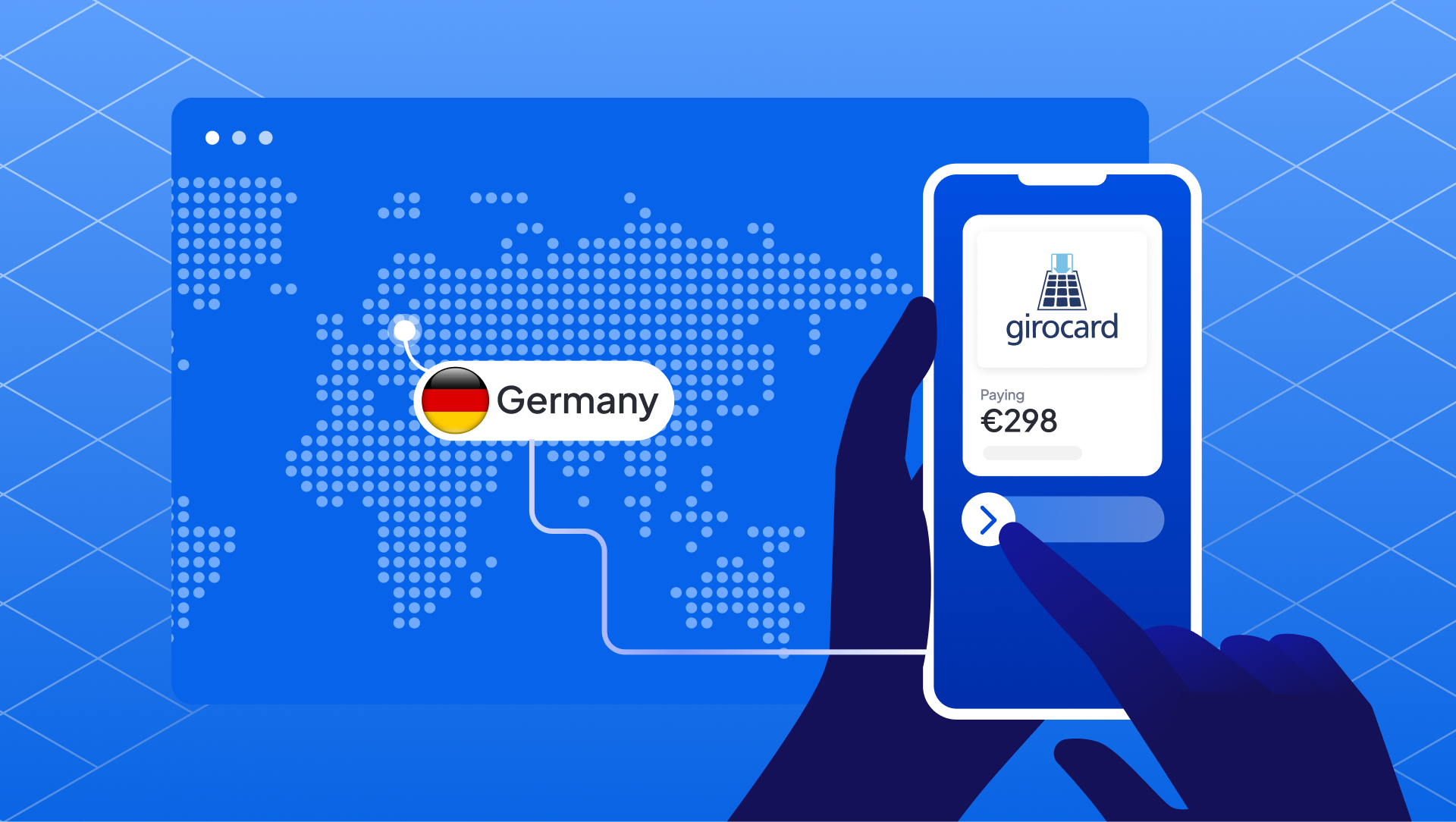Germany’s payment landscape is rapidly evolving as consumers and merchants adopt digital payment methods that fit convenience, security, and speed. The year 2025 marks a continued shift away from traditional payment methods and towards modern, more convenient payments, influenced by regulatory changes, technological advances, and customer preferences.
This article breaks down the leading solutions shaping German e-commerce and retail payments, from PayPal dominance to the rise of SEPA Instant Payments and mobile wallets. It also explains the impact of key regulations like PSD2 and how merchants benefit by adopting modern payment strategies.
The Leading Digital Payment Methods in Germany
PayPal: The Online Payment Leader
PayPal holds the largest share of online payments in Germany, accounting for nearly 28% of ecommerce transactions in 2023 according to the EHI Retail Institute’s Online Payment 2024 study. Its widespread acceptance and simple checkout experience make it the default choice for many online shoppers.
Purchase on Account and Klarna BNPL: Flexible Payment Gaining Traction
Purchase on account remains an attractive option, featuring in approximately 27-43% of payments depending on the survey. Klarna, a major Buy Now, Pay Later (BNPL) provider, holds about a 28% market share for consumer financing options. These flexible payment methods resonate particularly with younger demographics seeking control over spending and installment options
SEPA Instant Payments: Speeding Up Fund Transfers
Since its 2017 introduction and increasing bank adoption into 2025, the SEPA Instant Payment scheme enables real-time transfers across Eurozone countries within seconds, improving merchants’ cash flow and order processing times. This method supports better working capital management and enhances customer satisfaction through speedy payment confirmation.
Girocard Online: Growing but Not Yet Dominant
While Girocard is Germany’s leading debit card system in-store, its online usage remains limited, holding less than 5% market share in ecommerce. Nevertheless, Girocard's online adoption is on the rise as more merchants integrate it to cater to customers preferring domestic payment options.
Mobile Wallets: Rising but Behind the Leaders
Mobile payment solutions such as Apple Pay, Google Pay, and PayPal’s mobile offerings are gaining wider adoption, especially among tech-savvy younger consumers. Although their share remains below that of established methods like PayPal and invoices, growth trends indicate increasing use as mobile commerce expands.
Regulatory Impact: PSD2 and 3D Secure 2.0
The EU’s Payment Services Directive 2 (PSD2) significantly shapes payment security and user experience in Germany. PSD2 mandates Strong Customer Authentication (SCA), which requires the implementation of 3D Secure 2.0 for card-based payments. This protocol adds authentication steps to reduce fraud while striving to maintain a smooth checkout process (see official details here).
Merchants that integrate 3D Secure 2.0 not only comply with regulations but also build consumer trust through strengthened payment security without excessive friction.
Shifting Consumer Behavior: Cards Surpassing Cash
Recent data show that card payments—including credit and debit cards—have become more popular than cash. A Payments Europe 2025 study revealed that 93% of Germans used cards in the past year compared to 88% who used cash. This transition reflects the increasing digitization of everyday transactions and the growing reliance on card-based payments at points of sale and online.
Why Payment Optimization Matters for Merchants
Optimizing payment options is linked to increased conversion rates and reduced cart abandonment. While specific revenue uplift percentages vary, industry case studies suggest improvements up to 20% in some instances after adding popular payment methods and streamlining checkout processes. However, these results depend on merchant size, customer base, and market segment—so claims should be presented cautiously.
Adapting payment offerings to German consumer preferences—such as including PayPal, Klarna, SEPA Instant, Girocard online, and mobile wallets—helps merchants capture more sales and reduce friction.
Strategic Recommendations for Ecommerce Businesses in Germany (2025)
- Offer PayPal as a standard checkout option, as it remains the most trusted and widely used online payment method.
- Include Purchase on Account and Klarna BNPL especially if targeting younger consumers or expanding flexible payment options.
- Integrate SEPA Instant Payments to speed up fund receipt and cash flow.
- Enable Girocard Online where possible to accommodate domestic debit card users.
- Support mobile wallet payments like Apple Pay and Google Pay to capture mobile shoppers.
- Ensure compliance with PSD2/SCA and update payment security by implementing 3D Secure 2.0.
- Focus on mobile optimization and fast page loading to enhance checkout experience and meet Google’s mobile-first indexing criteria.
- Continuously monitor payment trends and update offerings accordingly to stay competitive.
Conclusion
The landscape of payments in Germany is becoming increasingly diverse and customer-focused. Leading methods like PayPal, purchase on account, and Klarna BNPL meet demand for convenience and flexibility. SEPA Instant Payments improve processing times, while Girocard strengthens domestic payment acceptance. Regulatory frameworks like PSD2 introduce necessary security advancements.
For businesses operating in Germany’s ecommerce space, staying informed of these payment trends and adapting strategies accordingly is vital to remain competitive, reduce friction, and grow revenue.
